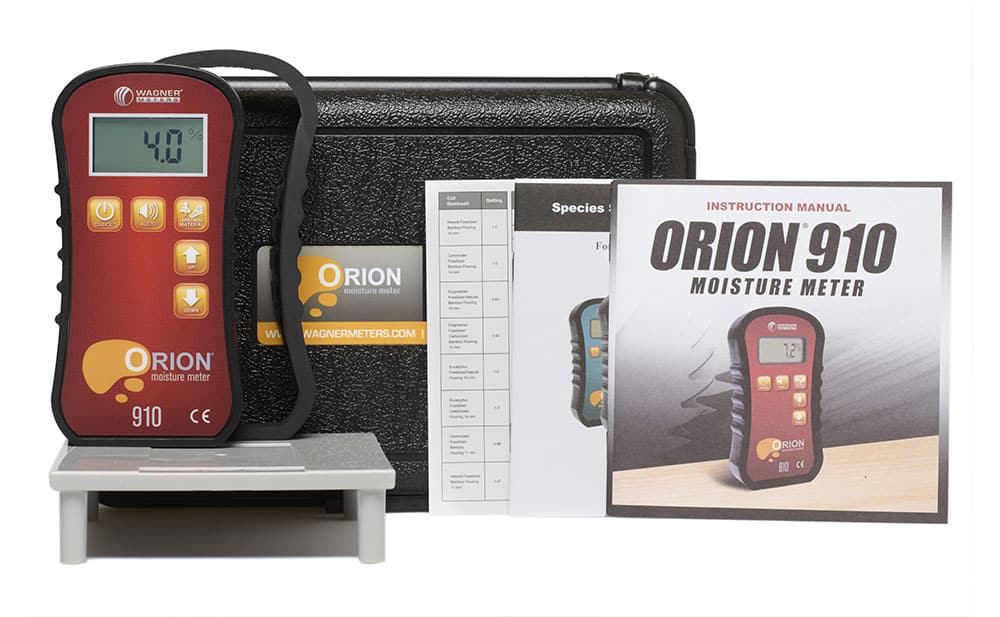Understanding the Various Types of Moisture Meters and Their Applications
Understanding the Various Types of Moisture Meters and Their Applications
Blog Article
Look Into the Globe of Moisture Meters: Every Little Thing You Required to Know
In the realm of moisture meters lies a world of precision and functionality that frequently goes undetected. These tools, while apparently uncomplicated, hold a wide range of info that can substantially impact various markets and applications. Comprehending just how moisture meters operate, the different kinds available, and their varied uses can lose light on their relevance in guaranteeing high quality and efficiency. By checking out the details of moisture meters, one can reveal a beneficial tool that goes beyond plain measurement, supplying understandings that can make a significant distinction in numerous areas.
Exactly How Moisture Meters Work
Moisture meters operate by determining the electric conductivity or capacitance of materials to figure out the wetness web content existing. These meters are very useful devices throughout different sectors, including agriculture, woodworking, and building. By using various approaches such as pin-type or pinless technology, wetness meters supply exact analyses that aid professionals make notified choices.
Pin-type dampness meters function by placing the sharp pins right into the material being checked. On the various other hand, pinless moisture meters use electro-magnetic signals to check a larger area without causing any damages to the material's surface.
No matter the technique utilized, dampness meters play an essential function in stopping concerns such as mold and mildew development, architectural damage, or product issues created by excess dampness. Understanding just how these meters work is essential for guaranteeing the high quality and honesty of products in various applications.
Kinds Of Moisture Meters
Given the crucial function moisture meters play in different markets, it is important to understand the various kinds available to specialists for properly examining moisture levels - Moisture Meter. There are primarily two major kinds of wetness meters: pinless and pin-type moisture meters

On the other hand, pinless wetness meters utilize electro-magnetic sensing unit plates to scan a bigger area of the product without creating any type of damages. This kind appropriates for quickly scanning huge areas and is commonly utilized for flooring, wall surfaces, and ceilings. Pinless meters are convenient for taking analyses on finished surfaces without leaving any type of visible marks.
Both sorts of wetness meters have their benefits and are picked based upon the particular needs of the job available. Recognizing the distinctions in between these kinds is critical for experts to make precise moisture analyses.
Applications Throughout Industries
Building and construction professionals depend on moisture meters to assess the moisture degrees in building materials like wood, concrete, and drywall, which is vital for preserving structural integrity and protecting against concerns like rot or mold. The flooring market uses moisture pop over to this web-site meters to gauge the dampness content in subfloors before mounting numerous flooring coverings, preventing pricey damages due to excess moisture. In the food industry, dampness meters are made use of to check and regulate moisture levels in items such as grains, nuts, and dried out fruits to maintain quality and top quality.
Tips for Utilizing Wetness Meters
Use the dampness meter's calibration settings to make certain exact analyses when gauging the dampness material in numerous products. Furthermore, make sure the meter is established to the appropriate wetness range for the material you are determining to get the most accurate results.
When using a pin-type moisture meter, insert the pins to the proper depth advised for the material being evaluated. This makes sure that the wetness readings are drawn from the proper deepness within the product, providing a much more exact representation of its dampness material. For pinless moisture meters, remember to preserve proper contact with the product's surface to obtain reputable analyses.
Regularly examine and change the batteries in your moisture meter to avoid unreliable analyses because of low power. When not in use to extend look at this site its life expectancy and maintain its accuracy, Store the meter in a secure and completely dry area. By following these ideas, you can optimize the efficiency of your moisture meter and get exact wetness web content measurements throughout various materials.
Upkeep and Calibration
To guarantee the precision of wetness web content dimensions, normal maintenance and calibration of the moisture meter are necessary actions in its correct functioning. Calibration changes the moisture meter to ensure that it provides trustworthy and constant results.
Calibration ought to be done regularly, particularly if the wetness meter is used frequently or in important applications where exact measurements are needed. Several dampness meters come with calibration tools or can be adjusted by expert solutions. Moisture Meter. It is suggested to keep a log of calibration days and results to track the efficiency of the dampness meter in time. By maintaining and calibrating the dampness meter regularly, individuals can trust the accuracy of the wetness content measurements obtained.
Final Thought

In conclusion, wetness meters play a crucial role in different industries by Read Full Report accurately measuring the wetness web content of materials. Understanding just how these tools work, the various types available, and correct maintenance and calibration are necessary for acquiring reputable results. Whether in production, building, or farming, the usage of wetness meters helps make sure quality assurance and performance in processes.

In conclusion, dampness meters play a vital function in numerous markets by accurately measuring the moisture material of materials.
Report this page